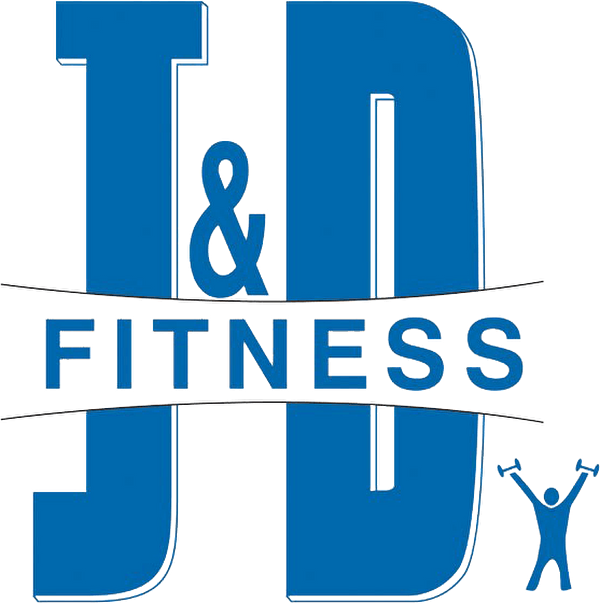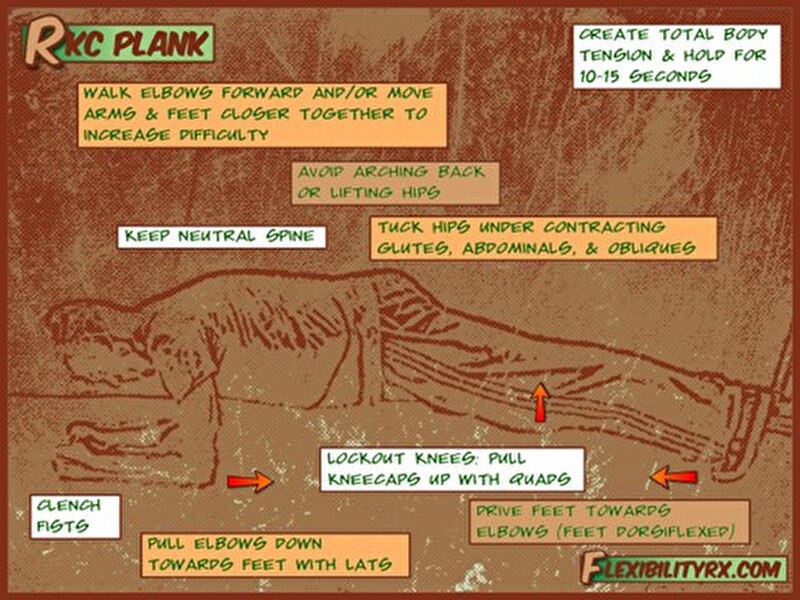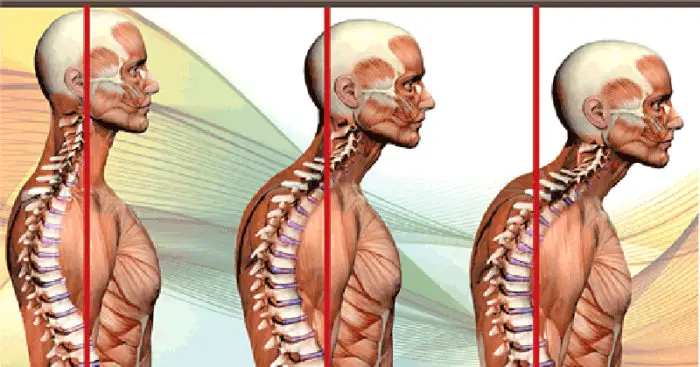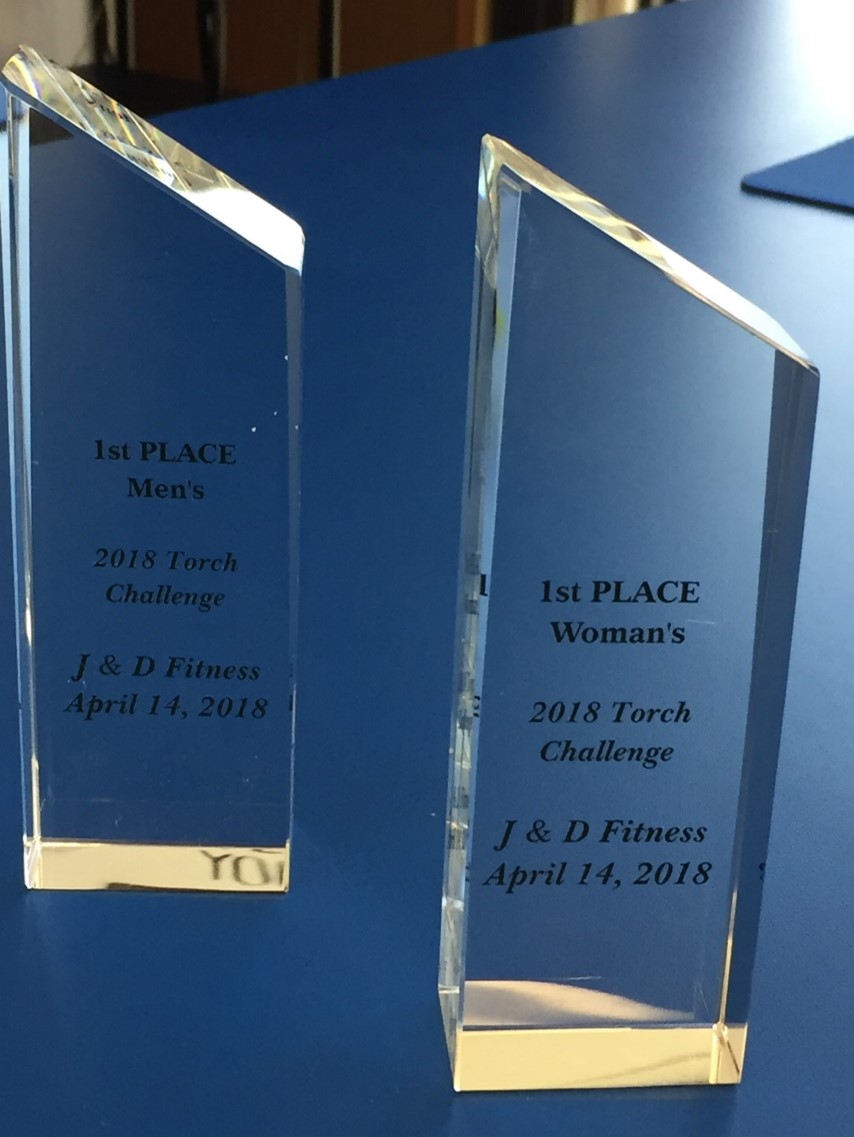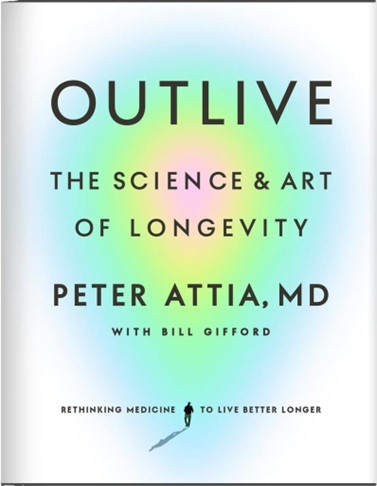This past weekend, I watched a few episodes of a docuseries on Netflix titled, “Live to 100: Secrets of the Blue Zones.” In this four-part series, author Dan Buettner travels around the world to five unique communities where large clusters of people live extraordinarily long and vibrant lives. It’s truly inspiring to watch not only how long these people live, but their quality of life. In each location, he distills what these people do that creates this outcome. I don’t think I’m ruining the ending for you by sharing that none of these tactics are quick fixes. If anything, it’s the long-term approach that makes them so effective. Can walking every day, gardening daily for 1-2 hours, and eating unprocessed foods empower us to live to 100? Some people may even question the legitimacy of these claims because they sound relatively simple. Watching the program, I couldn’t help but make the comparison to when people adopt a new workout for either fat loss or strength and stop after a few months because they haven’t achieved their goal. In this world of instantaneous results, we must accept that changing your body takes time.
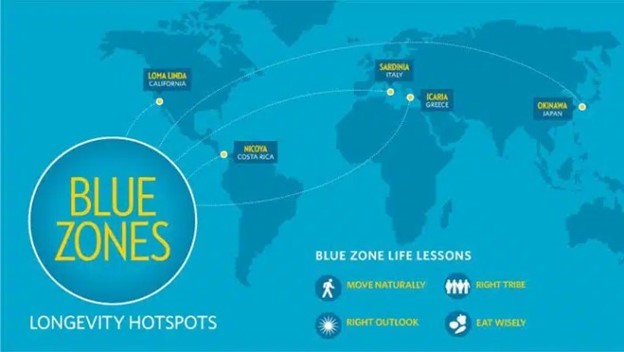
The mirror can inspire us towards change because we don’t like what we see. It can also discourage us for the same reason. Visiting that same mirror every day with the hopes of seeing one day a completely transformed image is what some of us want. This is where I believe pictures can help us stay motivated. Take a photo of yourself, and then take a photo again in six months. If you are consistent (training 3-5 days a week) in a quality designed strength training program, you should be able to see a substantial difference if you place the pictures beside one another. I like the paper towel analogy. If you take a sheet off every day, you will not be able to notice the difference day to day. Then look at the same roll 3 months (minus 90 sheets) next to a full roll and you can clearly see a difference.
The same can be said about fixing a strength or mobility problem. Shoulder pain is a common ailment and much of the source of the problem comes from people going through life with poor posture. It’s going to take more than a few hours a week to fix the problem that was thirty years in the making. Internationally recognized physical therapist Sara Sahrmann states in her book Diagnosis and Treatment of Movement Impairment Syndromes:
“…a posture should not be sustained for longer than 1 hour, based on studies of the effects of sustained forces. McGill and associates have shown that 20 minutes in a position of sustained flexion can induce creep in the soft tissues, requiring longer than 40 minutes for full recovery.”
Simply put, for time spent in a poor posture, you need to spend twice the amount of time in the corrected proper position. So those four hours you spent on the couch last weekend did you no favors.
James Clear has written about this in his book Atomic Habits. He recommends starting small, being consistent, and then giving it time. It’s the time part that is the source of the struggle for so many of us. Roughly 98 percent of wines on the market are intended for immediate consumption or for limited aging of no more than 5 years. Just 2 percent will benefit from long-term cellaring. But those 2 percent are some of the best wines in the world and can deepen into something marvelous. Many of the best wines are made with the intention that the buyer will have to hold them for more than ten years. Waiting ten years to be happy with what you see in the mirror is too long, but next time you become frustrated with your gains over the last 6 months, remember to treat your body like a fine wine and give it some time.
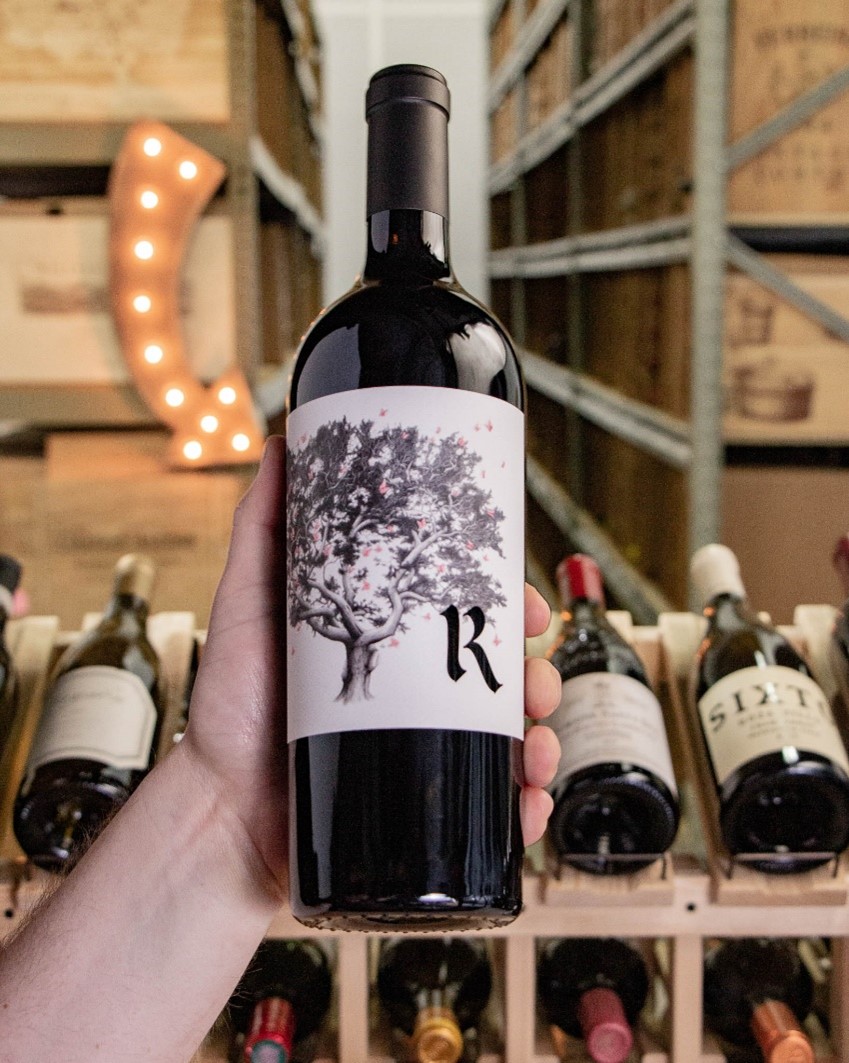
I’ll see you at the studio.
